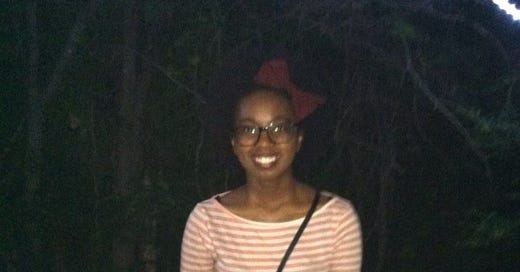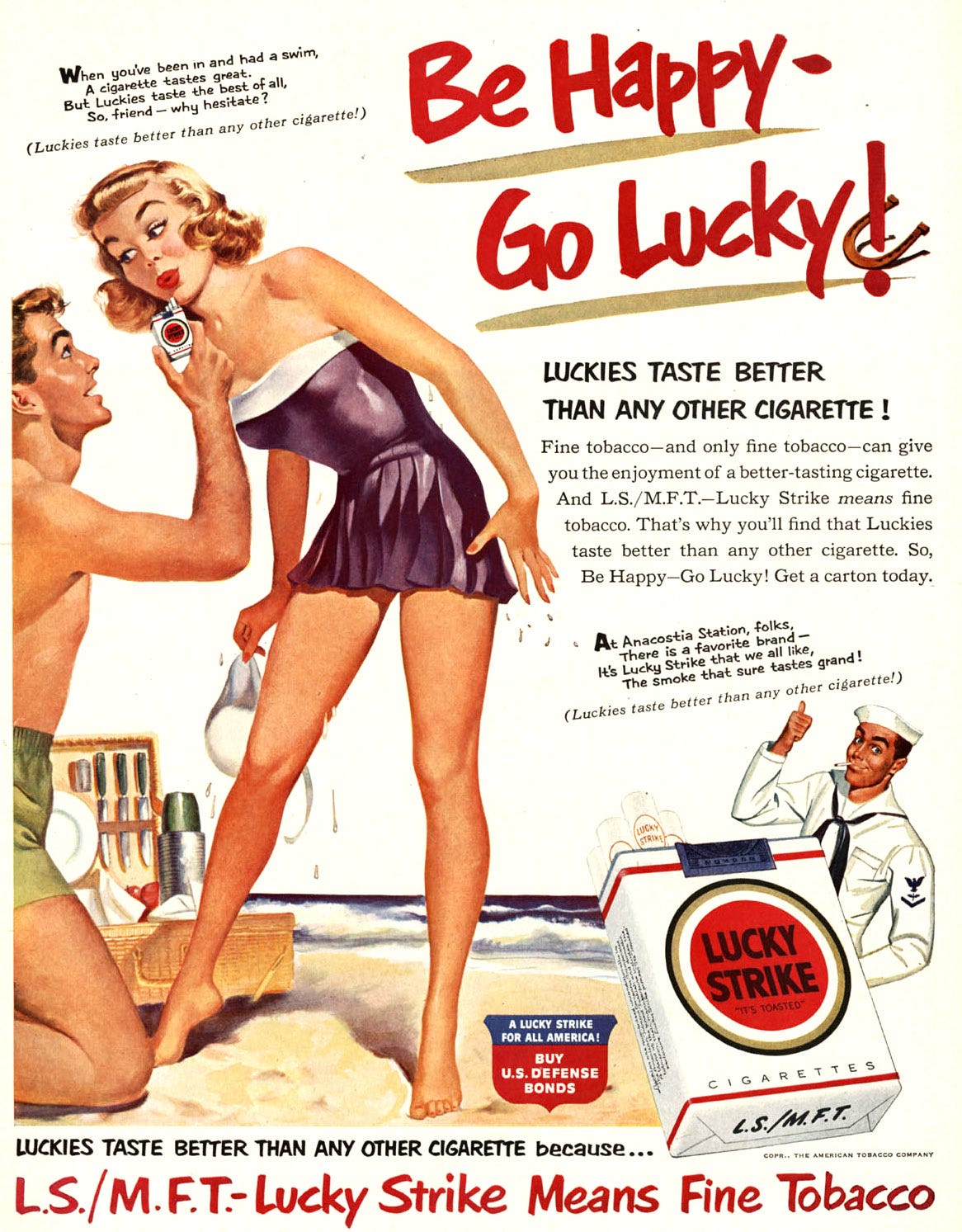The morning after the election I had to resist the urge to stay in bed - both because of the impending sense of doom and anxiety I felt about the state of our country, but also because I had a hangover.
I had spent the night before at an election watch party a friend’s partner hosted at a bar in the Lower East Side. Last November was my first time in the country on election night in almost a decade. I was living in Vancouver during the last election; studying abroad in Berlin back in 2016. While I had low expectations about how the evening would go, I knew I wanted to either celebrate or mourn with a group rather than sit at home alone. The event was part comedy show, part schmooze fest - the host had worked on the Harris campaign - but the evening began to take on a somber tone fairly early on. By midnight, I was in a car with my friend and partner, back over the bridge into Brooklyn.
Despite only having two drinks, when I woke up the next morning, I knew I didn’t want to feel like this again. While I couldn’t control the outcome of elections, I did have a choice in what I put in my body. Alcohol was never something I particularly enjoyed, but I often found myself drinking it anyway, making up excuses along the way. If I was going to a party where I didn’t know anyone, I drank.
If I was going to a work event and didn’t want to suffer through awkward small talk, I drank. While out on a date, I would drink to calm my nerves. Drinking became the default, but when I finally asked myself why, when I finally realized I didn’t like to drink but felt like I had to as a way to blend in socially or self-medicate my social anxiety, I decided that wasn’t a good enough answer anymore.
Alcohol consumption is now a leading preventable cause of cancer, trailing just behind tobacco use and obesity. Younger people are drinking at considerably lower rates than previous generations. In the early 2000s, 72 percent of adults under 35 reported consuming alcohol. As of 2022, that number has shrunk to 62 percent. Following the Surgeon General’s advisory last month, I anticipate we will see alcohol consumption continue to decline.
While there isn’t a definitive reason for why younger people are drinking less, the increased focus on wellness and personal fulfillment offers the easiest answer.
As of 2023, the global consumer wellness market was valued at a trillion dollars, with over $480 billion concentrated in the United States. Wellness—broadly defined as everything from mindfulness and nutrition to fitness and appearance—is increasingly becoming a priority among Americans. This is particularly true among Gen Z and millennial consumers, who now outspend older consumers in this category. Some trend analysts even go so far as to call this cohort “Gen Well.”
new year, old ways.
The end of the year often takes on a frenetic quality: holiday parties, purchasing last-minute gifts, reacquainting yourself with the suburban ennui that returns every time you spend more than 48 hours in your childhood bedroom. In between all of this, you must also somehow perfectly plan the next twelve months of your life.
The wellness industry’s influence is perhaps most apparent in videos and content focused on outer beauty. Younger generations are trying to preempt signs of aging - procedures like “preventative Botox” for women in their 20s have increased by over 28 percent since 2010. As a diuretic, that glass of red wine doesn’t necessarily help your long-term skincare goals. Yet younger generations' souring attitudes toward alcohol aren’t just focused on beauty. In a 2024 trend report, McKinsey identified several areas of growth within the wellness space, including increased focus on weight management, gut health, and sleep - all of which are antithetical to alcohol consumption.
People are more inclined to limit or abstain from harmful substances when they know the long-term impacts. In the 1960s, 42 percent of Americans smoked. Following decades of public health campaigns, that number is down to 11 percent. However, while 89 percent of Americans are now able to recognize tobacco use as a risk factor for cancer, only 45 percent can make the same connection to alcohol.
As with tobacco ads of the midcentury, part of alcohol’s appeal is its clever marketing. Stock photos tend to feature groups of young, beautiful, vaguely multiethnic people clinking a can or glass, carefree and living in the moment. Commercials take those good vibes to the next level. In beer and liquor ads, life is always a party, whether it’s a boisterous nightclub or family room as people gather around for a sports game. The focus is always on the positive social benefits - I have yet to see an ad accurately depict the pounding headaches and aching sense of regret I have felt the morning after. If you’re a young person and want to have fun, drinking feels like a given, because what else does socializing look like?
There are signs that this is beginning to change, both in the data and in broader mainstream acceptance. Last month, roughly a third of Americans participated in Dry January. The trend—which started just over ten years ago as a fundraiser in the U.K. where people abstain from or substantially limit their alcohol intake for 31 days—has opened the door for people to reconsider the role they want alcohol to play in their lives.
There are also simply more options besides seltzer and lime. Non-alcoholic beverages are a growing market, valued at over $13 billion in the United States.
One of my biggest worries about going sober wasn’t around navigating the holidays or social events but how to handle dating.
Socializing for young adults in large cities, but especially in New York, still revolves around drinking. An after-hours chat with coworkers over a beer or bottle of wine. Catching up with friends might involve checking out a new restaurant with an extensive cocktail menu. A low-stakes first date might take place at a bar.
Leading up to my decision to become sober, I found myself drinking to make an otherwise boring situation more enjoyable. Sobriety has helped me prioritize the relationships in my life where I don’t need an edible and several drinks to tolerate someone’s presence. It has gotten easier over the last three months where I now no longer feel uncomfortable trading a cocktail for either a mocktail or soda with bitters while out bar hopping with friends who are supportive of my decisions.
I wasn’t sure how to handle my sobriety while dating but after the first few weeks, I realized that if someone is making me uncomfortable or we’re not on the same wavelength, no amount of alcohol is going to change how I feel - it just delays the inevitable. Staying sober means staying authentic to myself and if that makes people uncomfortable, they’re probably not the right person for me anyway.
Later this week I’m going out to Mockingbird, a zero-proof cocktail bar in Park Slope. And while I can’t predict how the date will go, there’s a quiet comfort in knowing I’ll wake up the next morning clear-eyed, well-rested, and sober.







After my dad’s liver cancer diagnosis, I decided to cut back. His drinking was a factor to his deteriorating health.
You outlined it here but I had never heard it before and it made me absolutely joyous: skin health and hygiene as a deterrent for alcohol consumption. I thought that was so funny and interesting and I just loved it. You’ll have to tell me how Mockingbird is and congrats on the sobriety